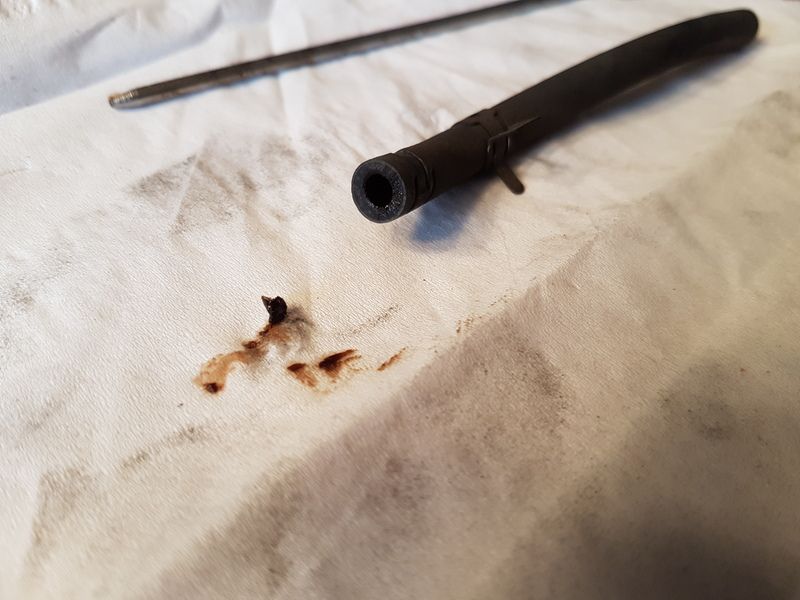RossKean
Well-known member
Just starting to try to figure this out. I have had an intermittent issue with CEL coming on and showing a 14 fault code when the ignition key is cycled. Sometimes the bike is still running OK and other times I can only keep it going by holding the throttle open quite a bit and it runs horribly rich and dies instantly if I let off the throttle (especially when engine is cold). It is bad enough that I am afraid of getting stranded somewhere.
Note: Battery is fully charged and there are no symptoms that would relate to grounding issues. Also, I have not done anything under the tank in at least a month so it is not related to anything that has been done recently.
Fault code 14 says Intake Pressure Sensor (hose line); Intake air pressure sensor: hose system malfunction (clogged or detached hose). No idea whether this is related to a cause or a symptom.
Before I lift the tank and start doing stuff, has anyone run into this one before? Hope to be able to spend a little time on it tomorrow.
This thread may be interesting
Intake Air Pressure Sensor - Technical/Mechanical Problems - FJRForum
Still looking...
Note: Battery is fully charged and there are no symptoms that would relate to grounding issues. Also, I have not done anything under the tank in at least a month so it is not related to anything that has been done recently.
Fault code 14 says Intake Pressure Sensor (hose line); Intake air pressure sensor: hose system malfunction (clogged or detached hose). No idea whether this is related to a cause or a symptom.
Before I lift the tank and start doing stuff, has anyone run into this one before? Hope to be able to spend a little time on it tomorrow.
This thread may be interesting
Intake Air Pressure Sensor - Technical/Mechanical Problems - FJRForum
Still looking...
Last edited by a moderator:




















































